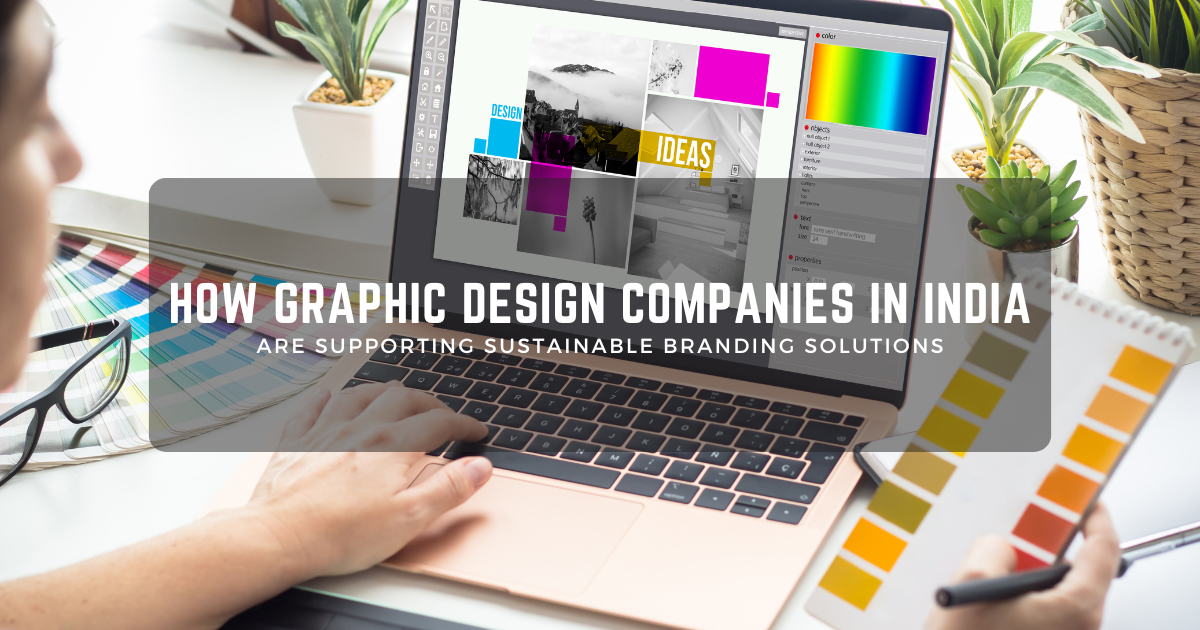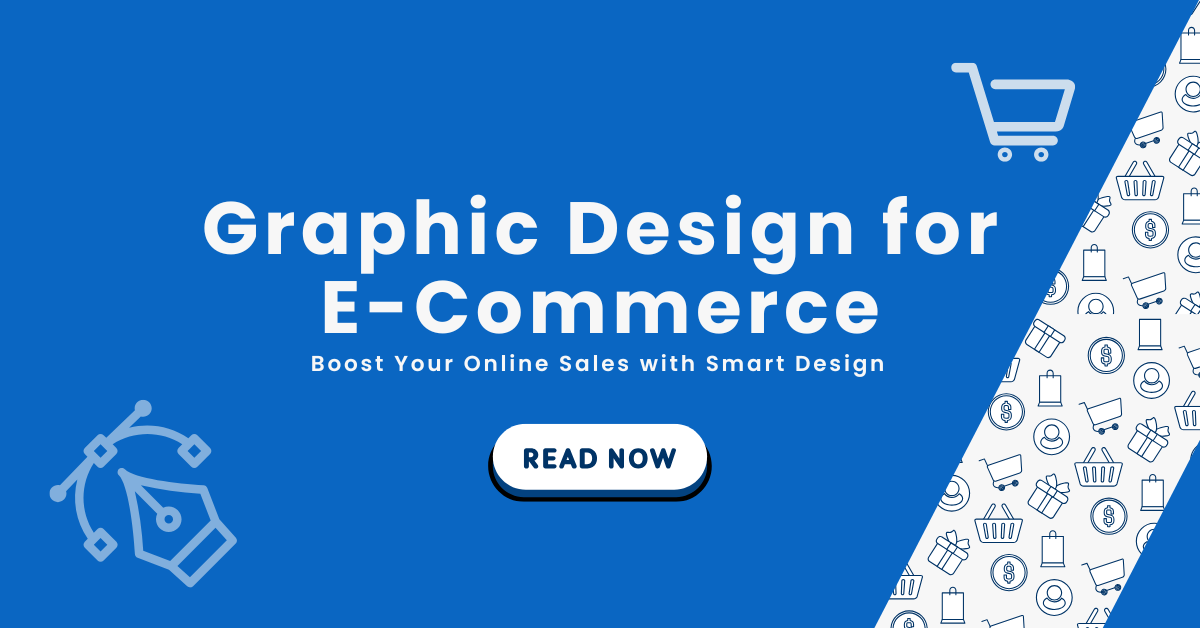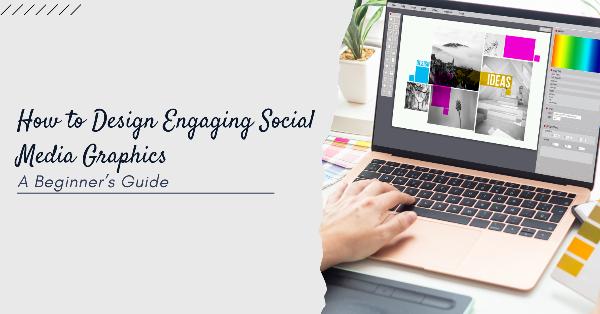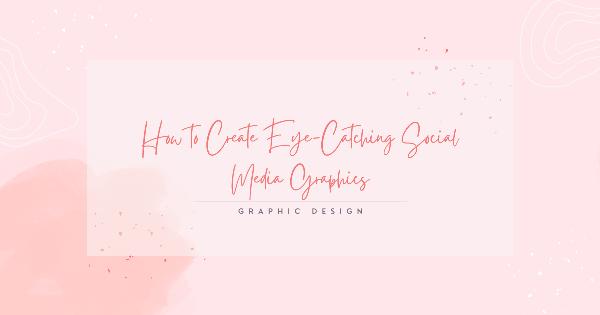The Do’s and Don’ts of Packaging Design: Common Mistakes to Avoid
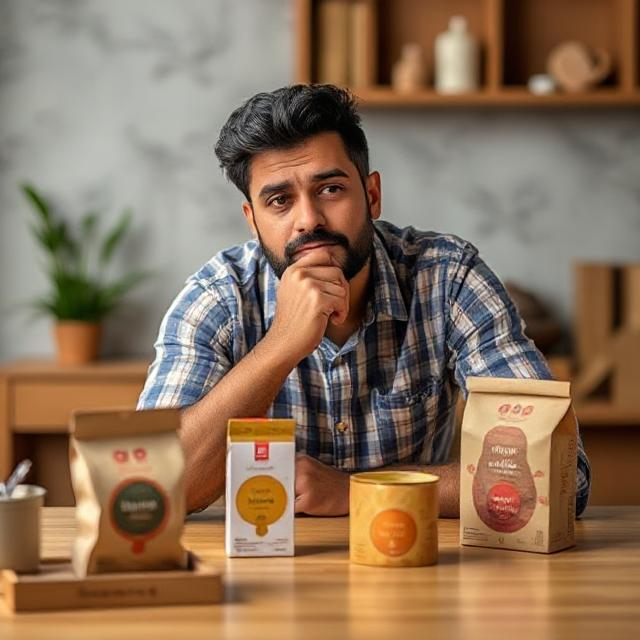
Branding is often overlooked when it comes to packaging design. Packaging is more than just a protective layer; it makes the first impression on your customer. Your packaging, whether it's a logo that stands out, made from eco-friendly materials, or a purpose-built shape, can say a lot about your company in just a glance.
In just a few seconds, a potential buyer is subconsciously considering their options as they walk down a store aisle or browse an online marketplace. Packaging design can determine whether a customer will choose your product over your competitors. Effective packaging is more than just attractive. It communicates the quality of your product, improves the customer experience, and builds brand loyalty.
This guide will help you avoid common packaging design mistakes and make it more impactful. We'll also explore the benefits of partnering with a graphic design firm in India to create packaging that is both memorable and functional.
The Role of Packaging in Branding and Customer Experience
Packaging does more than just protect your products. It is a direct connection to the mind and soul of your consumers. Packaging sets the tone for the relationship your brand and product has with the consumer.
Why Packaging Goes Beyond Functionality
In short, packaging protects your products from getting damaged. It becomes your visual brand ambassador in branding and marketing. Consider it a silent messenger that says a lot about your brand. For example, Apple has a minimalist packaging that reflects its brand values of innovation, simplicity, and high quality.
Enhancing Brand Recognition and Loyalty
Well-designed packaging can increase your brand recognition. When packaging is designed to customers’ liking, they are more likely to remember it and buy again. Here, consistency in branding is key. This includes using a font that is specific to your brand, as well as a color palette and logo.
Influencing Purchase Decisions
Around 64% of buyers make their purchase decision based on packaging. Lack of attention to packaging can lead to lost sales and reduced attraction. So it’s important to prioritize this part of your strategy.
What are the important things to consider? What are the most important do’s and don’ts?
The Do’s of Packaging Design
1. Focus on Clear and Simple Messaging
Your design should be easy to read and convey the purpose of your product. You can help potential customers get all the necessary information at a glance by using legible fonts and simple product descriptions. Keep graphics, colors, and text balanced to avoid clutter.
Pro Tip: less can be more. Clear packaging will ensure that your product isn’t confusing or overwhelming.
2. Prioritize Functionality and Practicality
No one likes to open a complicated or inefficient package. Make your products easy to use, open, and store by investing in a design with user-friendly features. The user experience is better when you prioritize functionality. This creates a positive perception of your brand among your customers.
3. Invest in High-Quality Materials
When choosing packaging materials, durability and sustainability are closely related. Using quality materials will not only increase the perceived value of your product, it will also protect it. High-quality packaging is often associated with sturdy, attractive products.
Pro Tip: Choose recyclable materials for a lower impact on the environment. This may appeal to environmentally conscious consumers.
4. Embrace Sustainable and Eco-Friendly Designs
Sustainability has become a standard. Brands that use biodegradable packaging, recyclable or reusable packaging are more popular among consumers. Use compostable or recyclable materials in your packaging.
5. Ensure Consistency with Brand Identity
Packaging should be consistent with your brand personality. Consistency of logo, color, typography and tone creates a coherent branding experience. Your packaging should effectively communicate your message, whether you want to appear luxurious, playful or natural.
Pro Tip: Consider how established brands like Tiffany & Co. or Coca-Cola can inspire you on the importance of consistency in boosting recognition and loyalty.
The Don’ts of Packaging Design
1. Avoid Overcomplicating the Design
Overly complex packaging can confuse consumers and discourage them from engaging with the product. Adopt a minimalist design that speaks of clarity and impact. Use fewer fonts and avoid clashing colors or graphics.
2. Don’t Ignore the Target Audience
Packaging should reflect your target customer. For example, bright colors and playful designs may appeal to a younger audience, while muted, sleek tones may appeal to professionals. When designing your product, consider market trends and research.
3. Never Compromise on Readability
Use large fonts and high contrast colors to make the information on your product easy to read. The product name, key features, and usage instructions should be easily recognizable by consumers.
4. Don’t Overlook Regulatory Compliance
Packaging regulations vary by region. These include nutrition labels, warning signs or expiration dates. If you ignore these requirements, it can result in heavy fines and product recall.
5. Avoid Ignoring Packaging Testing
Test your design in real conditions. What happens to the packaging during transport? How is it placed on the shelves? Tests ensure that the packaging is not only attractive but also performs well to avoid potential problems.
How the Best Graphic Design Company in India Can Elevate Your Packaging
To create impressive packaging you don't have to do it all yourself. Graphic designers are able to bring creativity, expertise and strategies that will help your packaging stand out in a busy marketplace.
Trusted Expertise
When you choose the best graphic designers in India, your packaging will be in the capable hands of professionals. These companies are experts in color psychology, layout design, and consumer preferences.
Customized Solutions
Graphic designers can create packaging that suits your product or brand. Graphic designers create packaging that fits the brand mission and the preferences of your target audience.
Competitive Edge
Great packaging adds value. Professional designers can create packaging options that will not only improve the unboxing process but also put your product in a category where it needs to be.
Working with an expert design agency will help you create packaging that is both functional and memorable. It also reflects the quality of your brand.
Invest in Packaging That Sets Your Brand Apart
If you're just starting out or need to revamp your brand, an effective package design will change the way customers interact with and view your product. You'll be able to create memorable packaging if you pay attention to the do's and don'ts.
If you want to improve your packaging design, consider collaborating with Best Graphic Design Company India. Their professional expertise can help your product stand out in any market.
Note: IndiBlogHub features both user-submitted and editorial content. We do not verify third-party contributions. Read our Disclaimer and Privacy Policyfor details.



